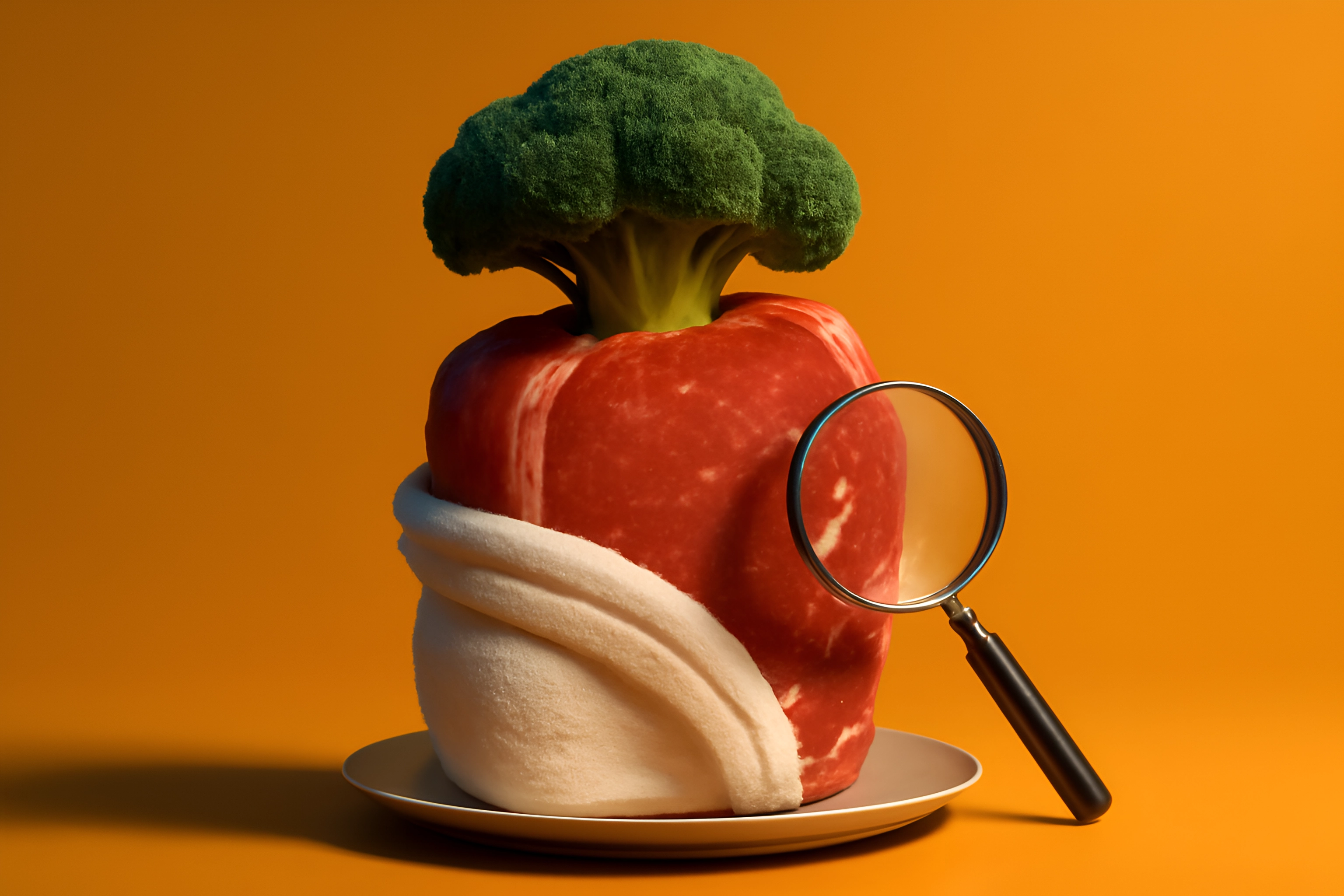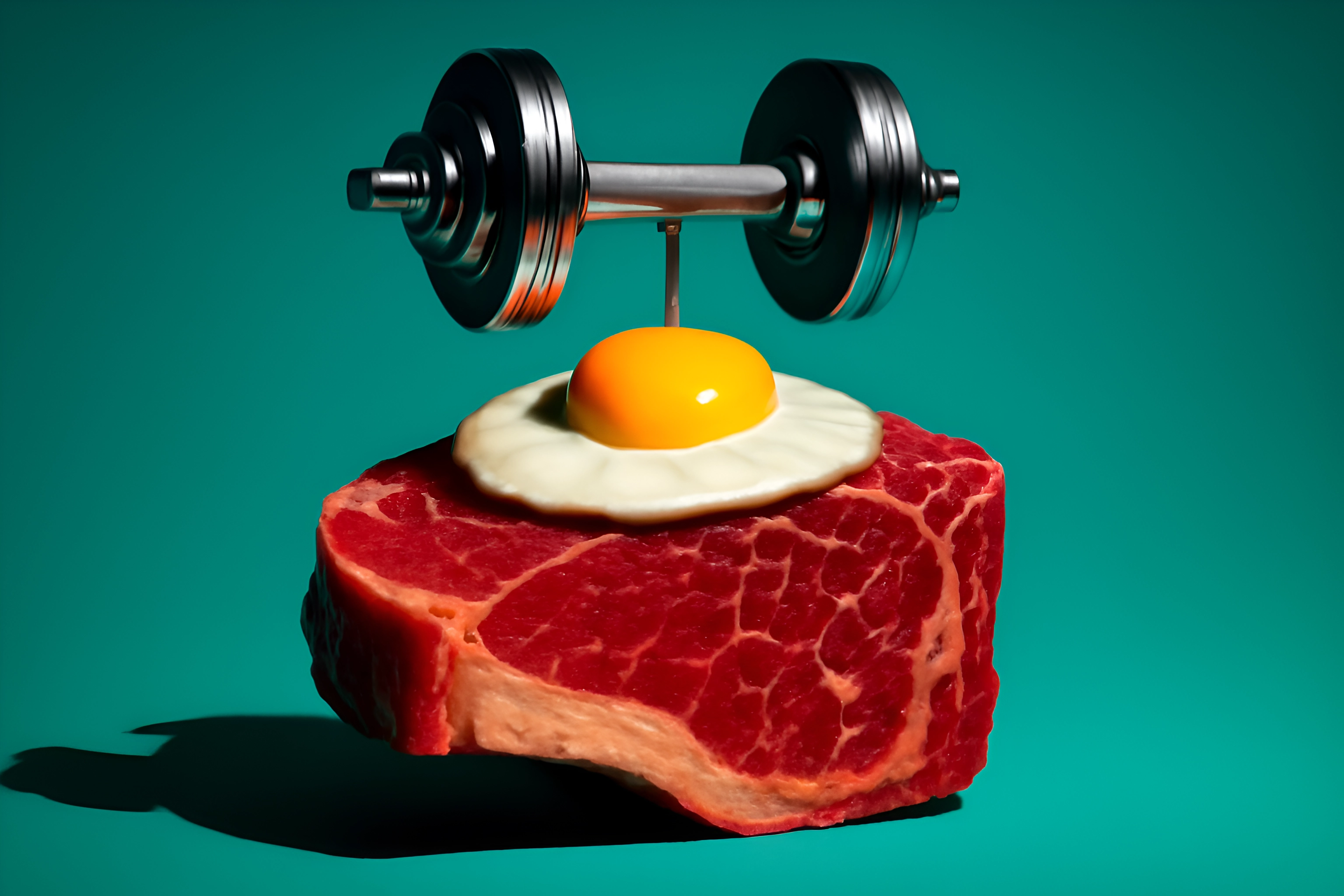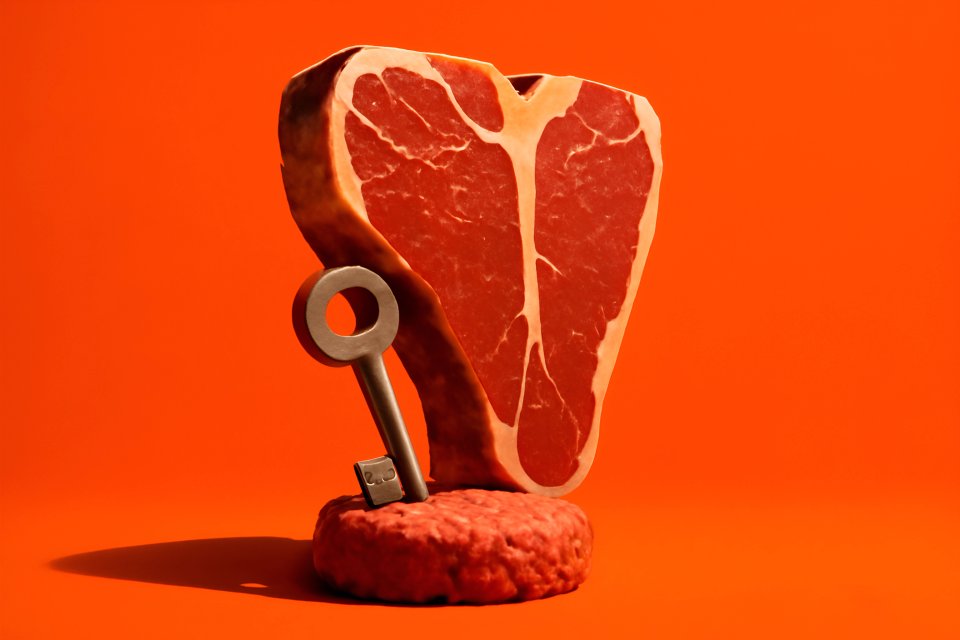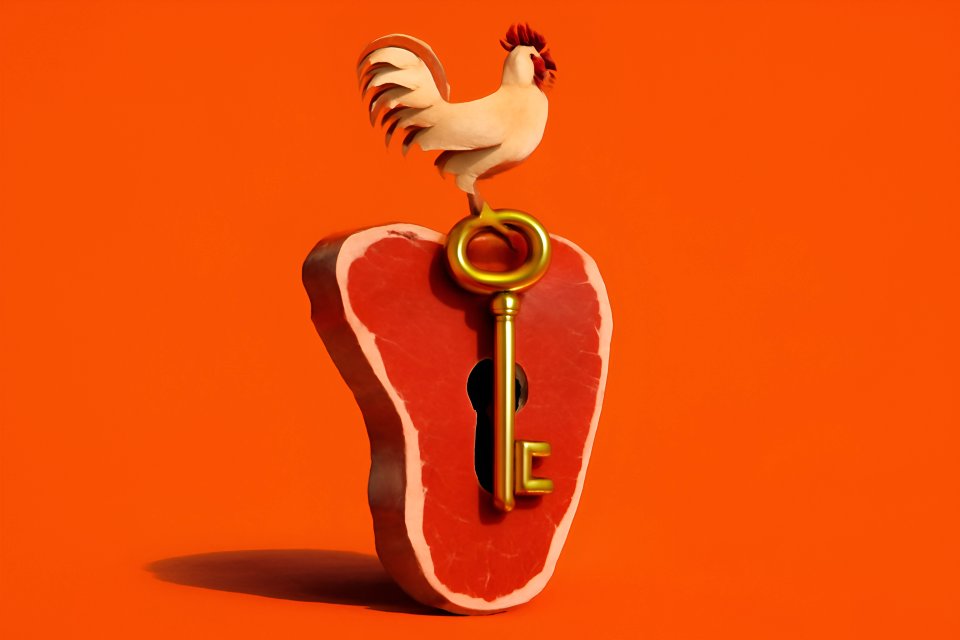
You’ve put in the work. You’ve stared down cravings, calmed the fires of inflammation, and reclaimed your health using the raw, undeniable power of animal-based nutrition. You healed your gut, cleared your mind, and remembered what it feels like to truly thrive. But now, a question whispers in the back of your mind… what’s next?
Perhaps you’re craving more flexibility at social gatherings, curious about adding back a favorite fruit, or simply feel so good that you’re ready to explore the boundaries of your newfound resilience. Let’s be clear: this curiosity is not a failure. It’s a sign of success—a natural and valid step in a health journey that you control completely.
This is your definitive, no-nonsense roadmap. Forget the confusing advice and conflicting opinions. Here, we will provide a methodical and safe protocol for reintroducing plants after the carnivore diet, helping you expand your food choices without sacrificing the incredible health gains you’ve worked so hard to achieve.
First Things First: Are You Truly Ready for Reintroduction?
Before you even think about that first bite of avocado, you must answer a critical question: have you earned the right to experiment? Successful reintroduction is built upon a foundation of deep healing. Jumping the gun is a surefire way to invite confusing symptoms, frustrating setbacks, and undo the very progress you’re trying to build upon.
Ask yourself, honestly: have you been completely free of your primary symptoms—be it digestive distress, skin flare-ups, or joint pain—for at least three to six months? Is your digestion on a carnivore diet robust and predictable? Is your energy stable and your mental clarity unwavering? If you're managing a chronic condition, our guide on advanced carnivore diet strategies for managing autoimmune symptoms can help you solidify this essential baseline.
This isn't about perfection; it's about stability. You must be mentally prepared to handle a potential negative reaction without letting it derail you. Reintroduction is a calculated experiment conducted from a position of strength, not a hasty retreat from a diet that has already served you so well.
The HealingCarnivore Reintroduction Protocol: A 4-Step Framework
This is where the art of reintroduction becomes a science. We’re going to strip away the guesswork and give you a precise, repeatable framework. This is the HealingCarnivore Protocol, designed for maximum safety and clarity as you navigate this new chapter of your health journey.
Step 1: One at a Time
This is the golden rule, and it is non-negotiable. You must introduce only ONE new plant food at a time. If you try avocado and blueberries on the same day and feel bloated, which one was the culprit? You’ll have no idea. By isolating each new food, you become a scientist in your own experiment, gathering clean, undeniable data.
Step 2: Start Low and Go Slow
Your digestive system has adapted to a purely animal-based diet. It needs time to adjust. Do not eat an entire bowl of something new. Start with a tiny portion—a single spoonful of cooked zucchini, a few raspberries, or a small slice of avocado. This approach, as advocated by health experts at Parkview Health for gradually incorporating plant foods, minimizes the risk of a severe reaction and gives your body a gentle nudge, not a violent shove.
Step 3: The 72-Hour Rule
Patience is your greatest ally. After trying a new food, you must wait a full three days (72 hours) before introducing anything else, even if you feel fine. As the Cleveland Clinic explains, food intolerance symptoms can be delayed, appearing 24, 48, or even 72 hours later. That subtle headache, joint ache, or skin rash that appears on day three could be the very signal you’re looking for.
Step 4: Journal Everything
If you don’t write it down, it didn’t happen. Your food journal is the most critical tool in this process. It transforms vague feelings into concrete evidence. For every new food, you must log the following:
- Food:
Avocado - Amount:
1/4 of a small avocado - Preparation:
Raw - Immediate Symptoms (0-3 hours):
Minor gurgling, no bloating. - Delayed Symptoms (24-72 hours):
Slightly itchy skin on day 2, fatigue on day 3.
This log is your personal map. It will show you your unique patterns, reveal your trigger foods, and empower you to build a diet that is perfectly tailored to your body.
The Plant Reintroduction Ladder: What to Eat First
Not all plants are created equal. Some are loaded with defensive chemicals—antinutrients like oxalates, lectins, and phytates—designed to protect the plant from being eaten. Your reintroduction journey should be a strategic climb up a ladder, starting with the foods least likely to cause a reaction and moving toward the more challenging ones.
Tier 1: The Safest Starting Point (Low-Toxin Fruits & Veggies)
This is your ground floor. These foods are generally the easiest to digest and are low in fiber and plant defense chemicals. They offer a gentle way to reawaken your digestive system to plant matter. Think of foods like avocado, olives, cucumber (always peeled and deseeded), and well-cooked summer squash or zucchini. Berries, in very small amounts, can also fit here.
The pro-tip for this tier and the next is crucial: always peel, deseed, and cook vegetables thoroughly. This process helps break down remaining antinutrients and makes them far easier on your gut. As Harvard's Nutrition Source notes, proper preparation can significantly reduce the potential for irritation from these compounds.
Tier 2: Expanding Your Palate (Well-Tolerated Roots & Cruciferous)
Once you’ve successfully navigated Tier 1 with several foods, you can begin to introduce more variety. This tier includes foods that are still relatively safe but may contain different types of fiber or compounds that require more digestive effort. This is where you might carefully try well-cooked carrots, pumpkin, or sweet potatoes in moderation. For cruciferous vegetables like broccoli or cauliflower, stick to the florets only and ensure they are cooked until very soft.
Tier 3: Proceed with Maximum Caution (High-Antinutrient Foods)
This is the final tier, and for many, it’s a level they may never need or want to reach. These are the foods most notorious for causing inflammation, gut irritation, and autoimmune flare-ups. If you choose to experiment here, the "start low and go slow" rule is more important than ever.
- Nightshades: Tomatoes, peppers, eggplant, white potatoes.
- Nuts & Seeds: Almonds, walnuts, chia seeds, sunflower seeds.
- Legumes & Grains: Beans, lentils, rice, oats.
- Leafy Greens (High Oxalate): Spinach, kale, chard.
Many people who heal on a carnivore diet do so precisely because they have eliminated these foods. Understanding the science behind how different plant groups impact inflammation is key to making informed choices here.
Decoding Your Body's Signals: What a Reaction Looks Like
Your body speaks a clear language, but you have to learn to listen. A negative reaction to a plant food is rarely as dramatic as a full-blown allergic attack. More often, it’s a collection of subtle signals that can easily be missed if you’re not paying close attention.
The gut-brain and gut-skin axes are powerful communication channels. An inflamed gut can manifest as brain fog, anxiety, or a new pimple. Don't just focus on your stomach. Look for a wide range of symptoms, including:
- Digestive: Bloating, gas, constipation, diarrhea, acid reflux.
- Physical: Joint pain, headaches, fatigue, water retention.
- Skin: Acne, eczema, rashes, flushing. A flare-up is a key sign, and protecting the progress you've made in healing your skin with a carnivore diet is paramount.
- Mental/Emotional: Brain fog, anxiety, irritability, mood swings. Losing the crisp mental clarity you gained is a major red flag, and it's important to know how to optimize your diet to combat brain fog.
If you experience any of these reactions, the protocol is simple and immediate. First, stop eating the offending food. Second, return to your strict carnivore baseline until all symptoms have fully resolved. Our step-by-step carnivore diet detox guide is the perfect tool for a quick and effective reset. Third, document the reaction in your journal. Finally, decide whether to avoid that food permanently or try again in a few months with an even smaller, more carefully prepared portion.
Conclusion: Building Your Personalized, Sustainable Diet
Let’s bring it all home. The path to reintroducing plants is paved with patience and precision. It begins with a deeply healed baseline, progresses one food at a time, and demands that you listen intently to your body’s feedback. You must go slow, you must journal everything, and you must respect the signals you receive.
The ultimate goal of this gradual plant reintroduction is not to return to your old way of eating. It is to achieve true food freedom by discovering your unique tolerance. You are building a personalized, sustainable, animal-based diet that includes the specific plants that nourish you, not harm you. This is the pinnacle of bio-individuality.
You are the expert on your own body. You hold the power. Use this protocol as your trusted tool to build a diet that delivers the health, vitality, and freedom you so richly deserve.
What has your experience with reintroduction been like? Share the first food you plan to try (or have tried) in the comments below
















